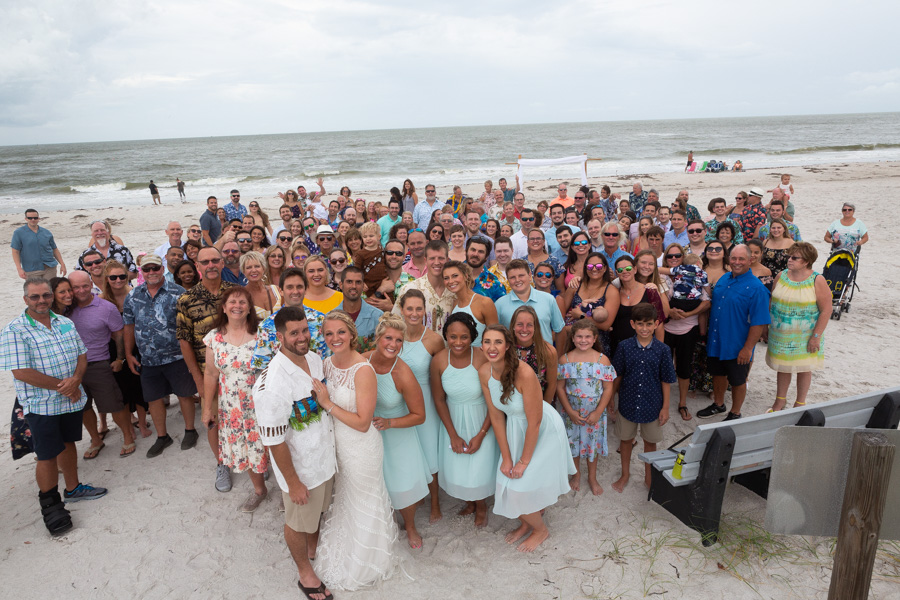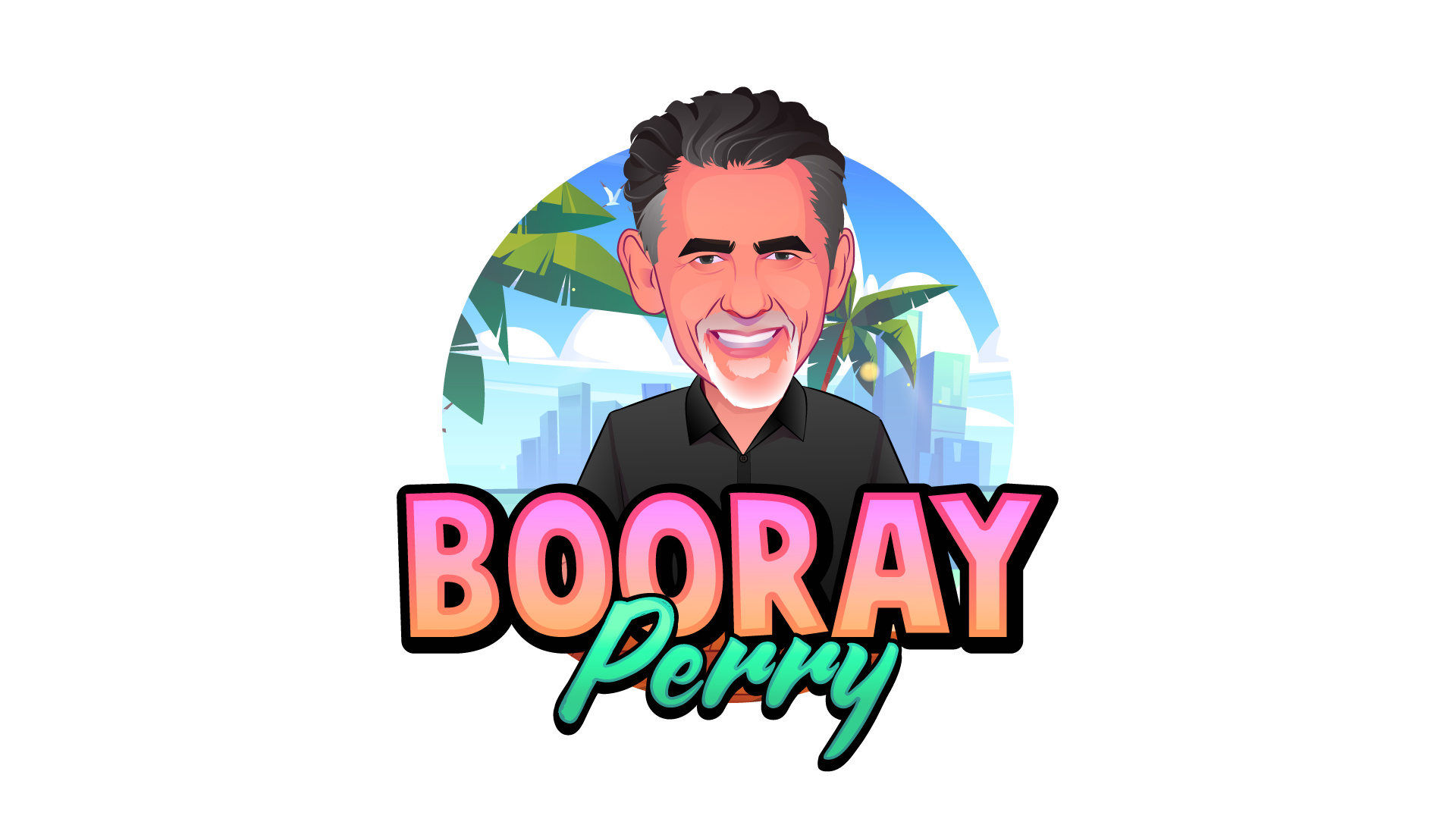Imaging USA Wedding Class
Last week was Imaging USA, a 5-day conference for photographers hosted by the Professional Photographers Association of America. The PPA is the largest photography association in the world with over 30,000 members and this year there were over 8000 people at the convention. It’s the highlight of my year because it’s busting with classes and inspiration as well as old friends, new friends and great parties!
This year I taught three classes in one day. It was the same class, “How To Light A Wedding,” and it takes place during “pre-con” which is the two days prior to the “big event” which lasts three days. Pre-con is more in-depth classes (some last all day or both days) and more hands-on. My classes were two hours each.
During the classes, I taught how to light the different situations you encounter during a wedding, from lighting a dance floor at the reception to lighting groups, and individual shots of the bride and groom. I even managed to squeeze in some more unique back-lighting stuff in the limited time we had.
So, the main reason for this blog post is so I can put the images online for my class. They saw them as I shot but it’s always nice to be able to look at them again later and see close-up what the lighting looked like in the final product. These images are a good selection of the different lighting challenges I set up for myself. They have been corrected in Bridge (Lightroom) but have not been hand-retouched (skin smoothing, cloning, artistic burn and dodge, etc), which is how I deliver images to my wedding clients. Hand-retouching is reserved for printed products and albums.
I’ve included some comments for my students to remind them of what was being demonstrated..
These first four images are examples of bounce flash. This is the sort of lighting I use during receptions. It’s fast and gives a good wash of light with no specular highlights and a little direction for depth and contrast.
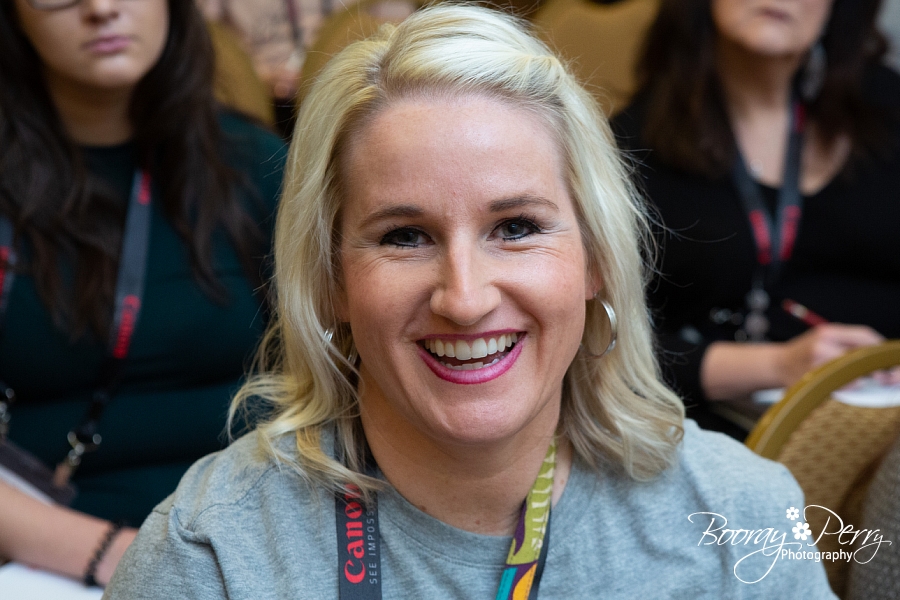
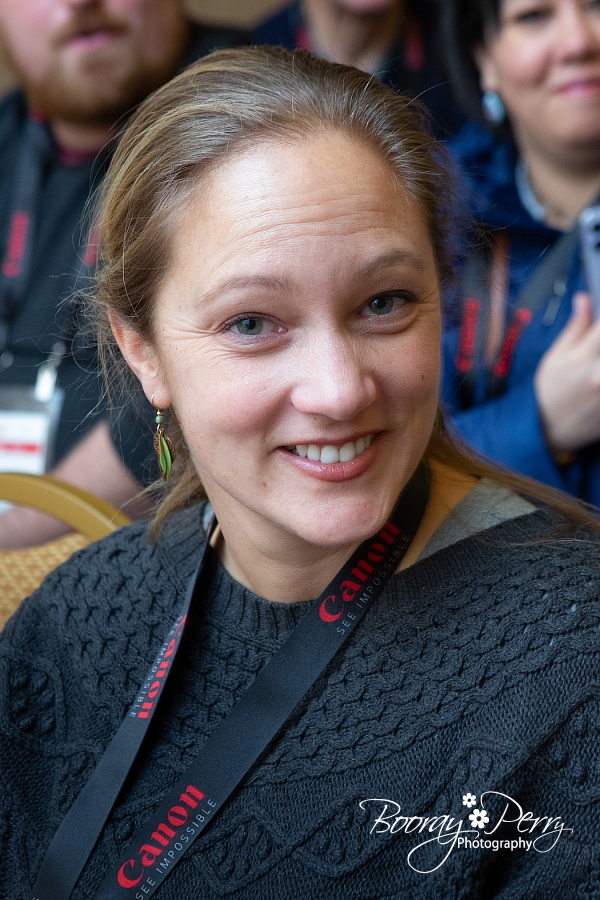
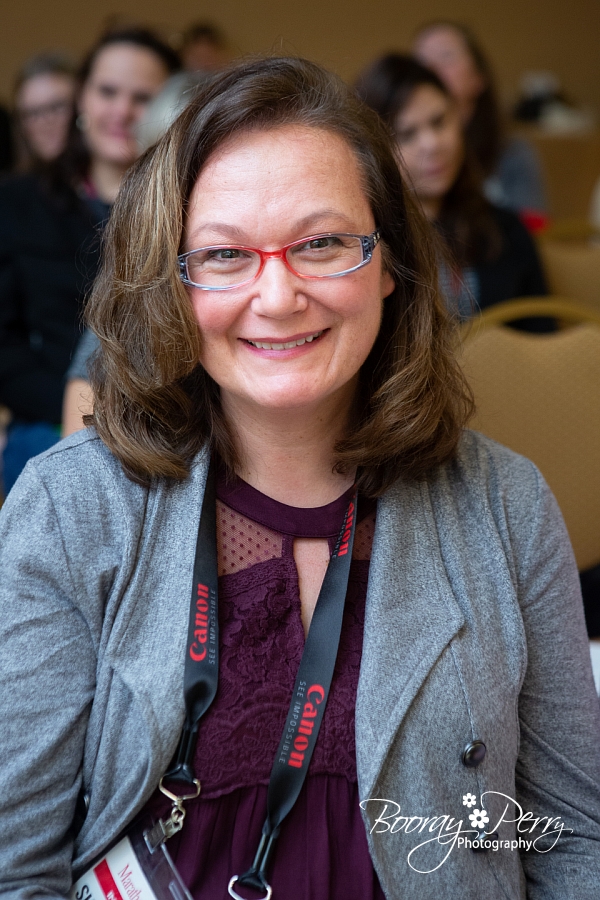
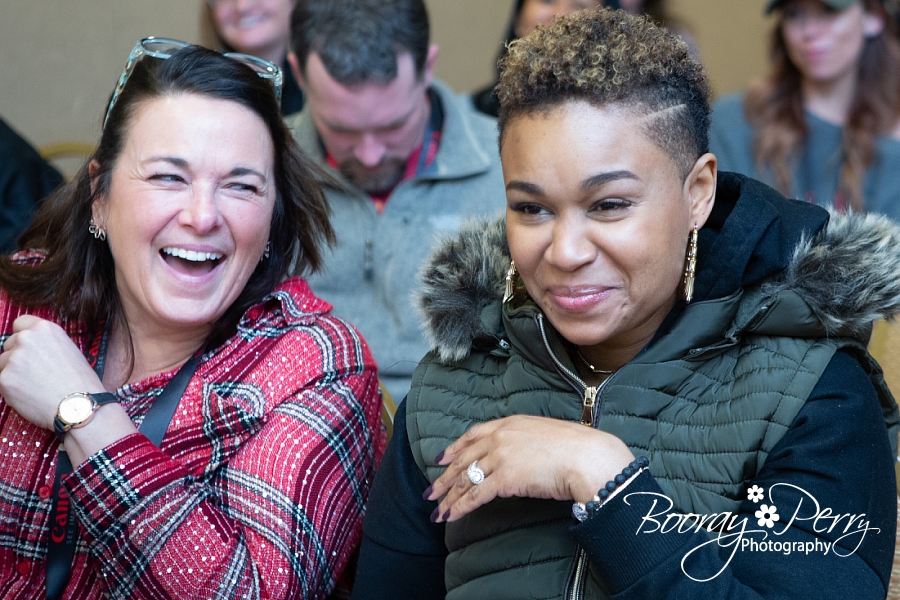
More bounce flash here as I demonstrate how you can create directional light with the flash on your camera. Also, you can change your background light just by adjusting your shutter speed.
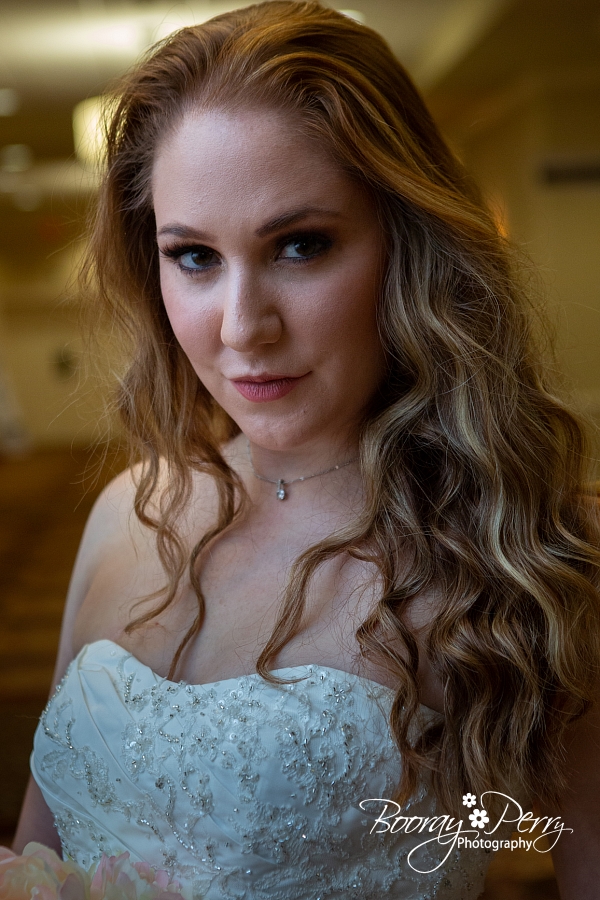
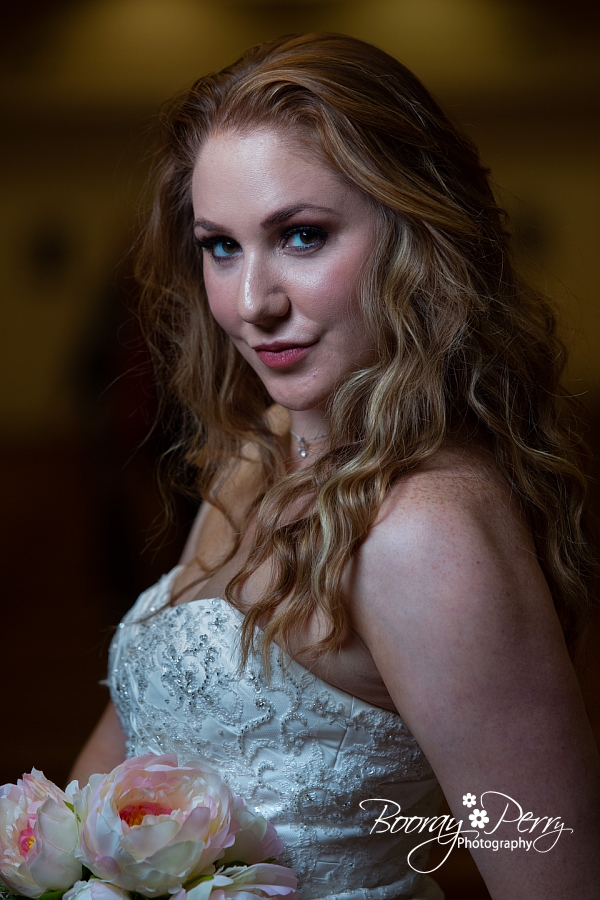
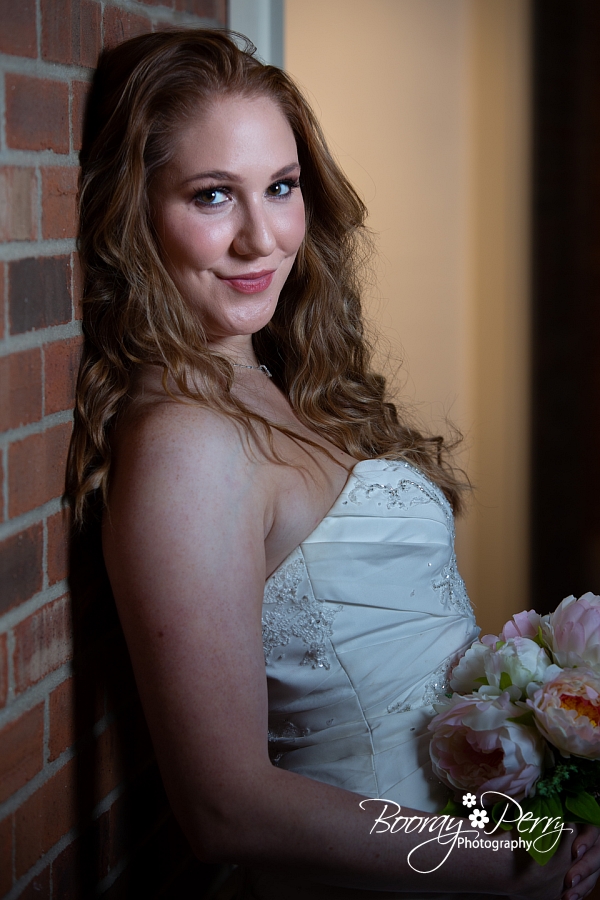
Now we move to off-camera lighting with one light in a softbox. I purposely picked this brick wall because it was small and next to the bathroom. I wanted to show that you don’t have to be trapped by a location that doesn’t seem to offer any scenery. Look around… you can always find something that works!
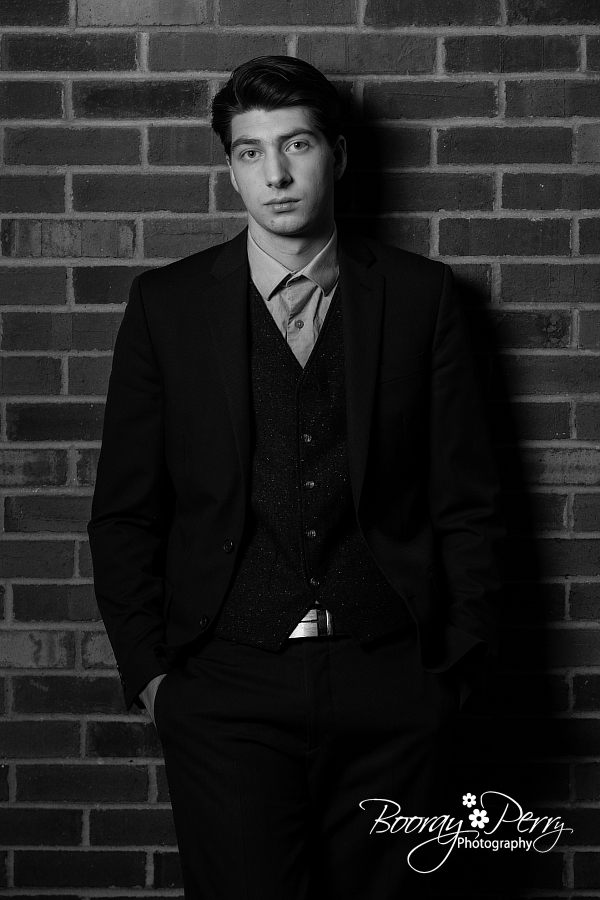
Now a few using off-camera lighting, including a group shot with students standing in as family.
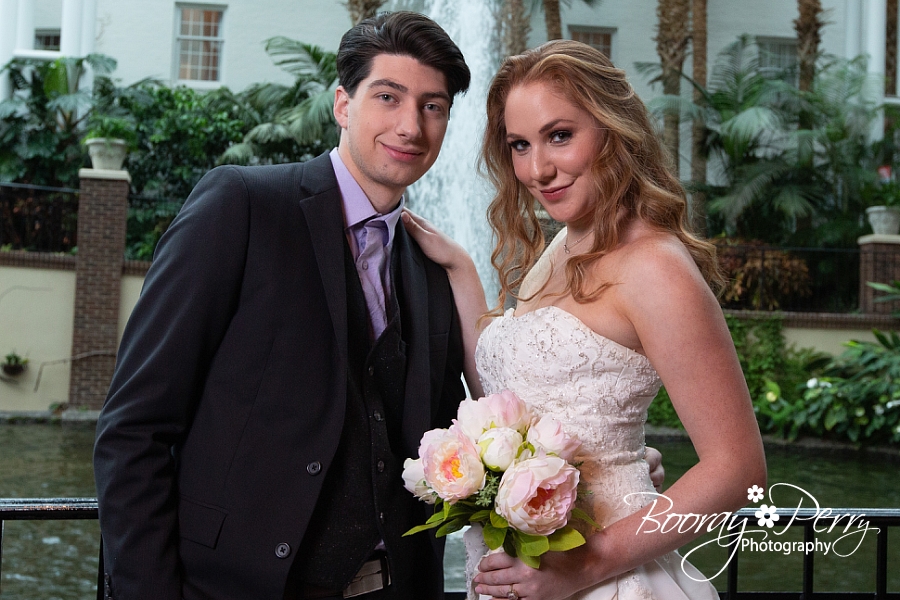
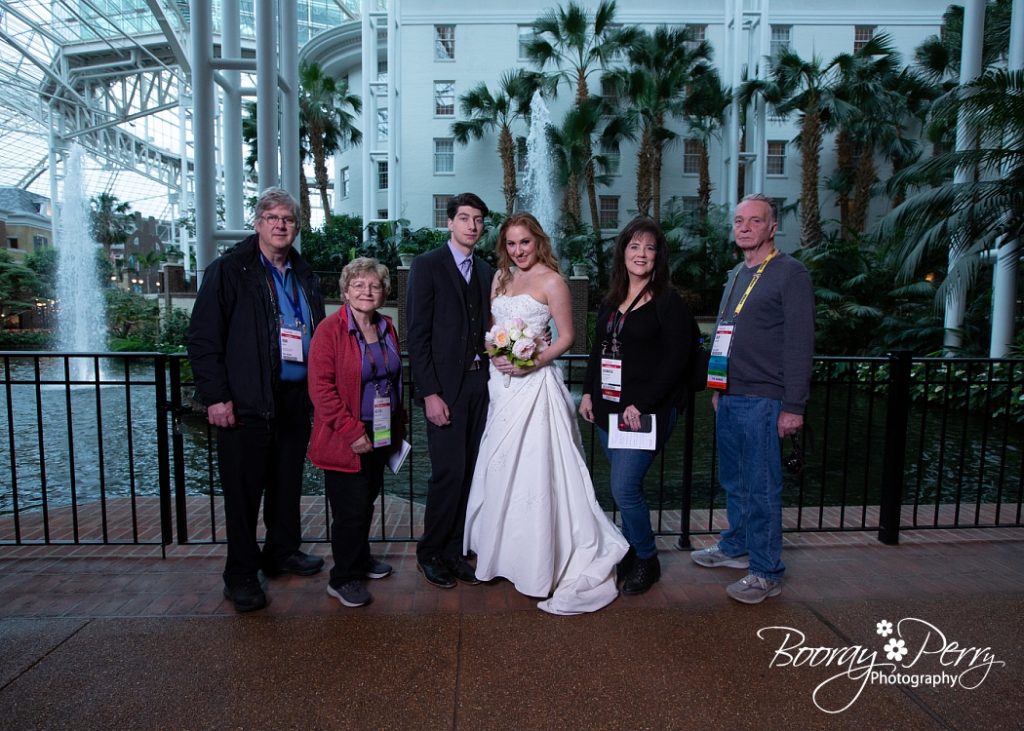
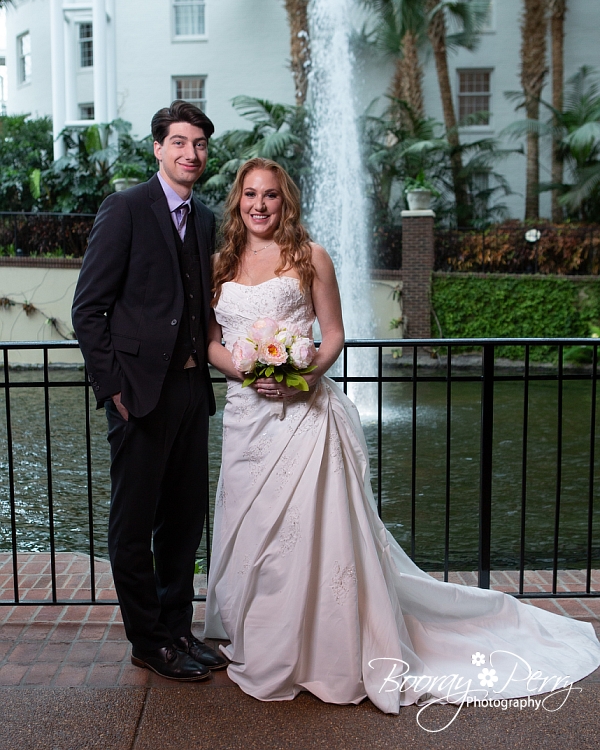
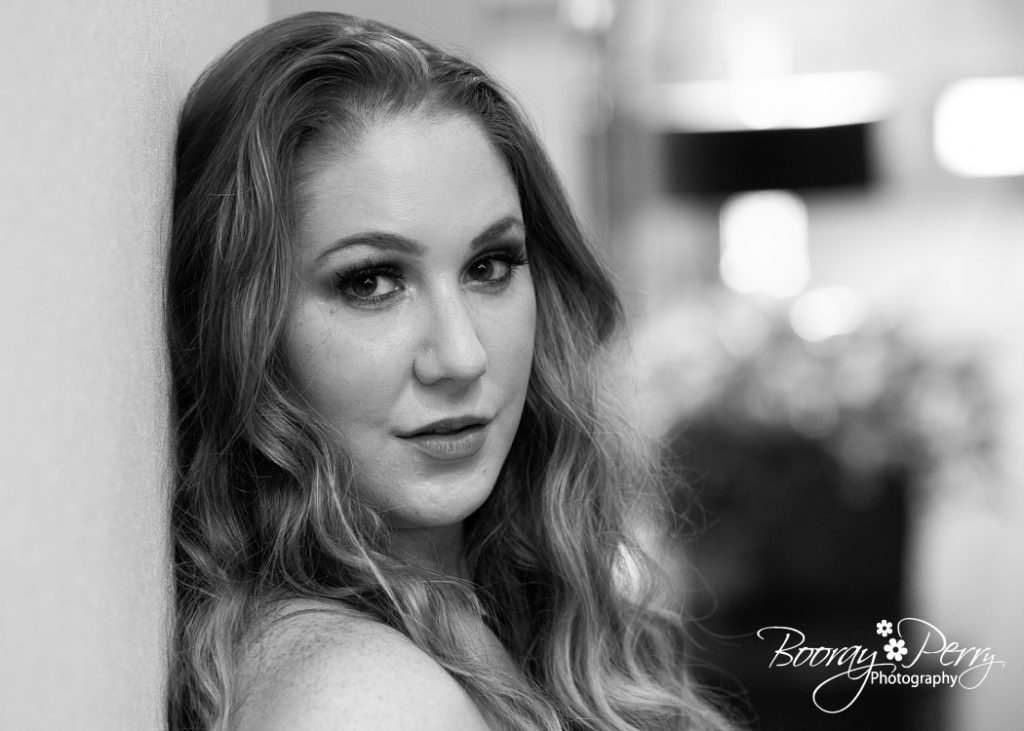
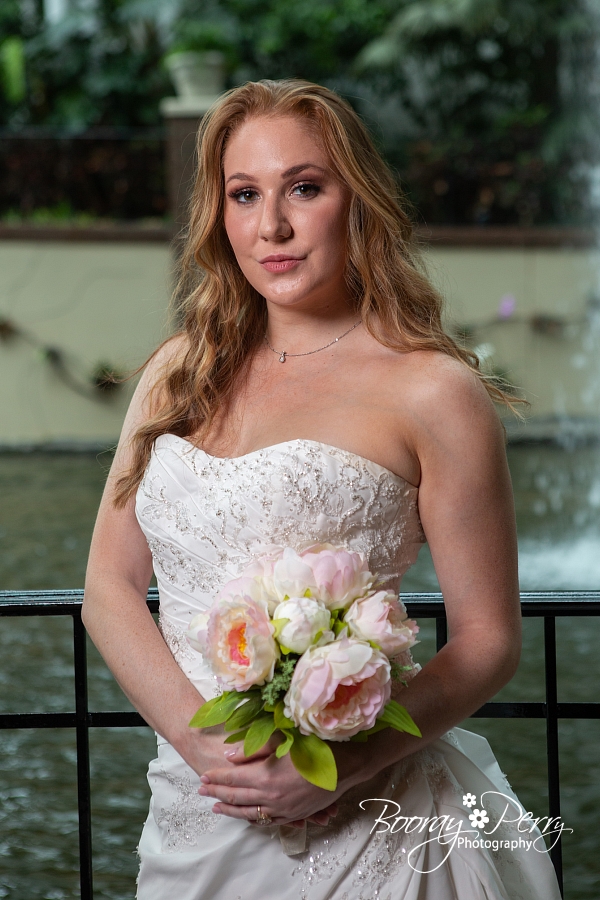
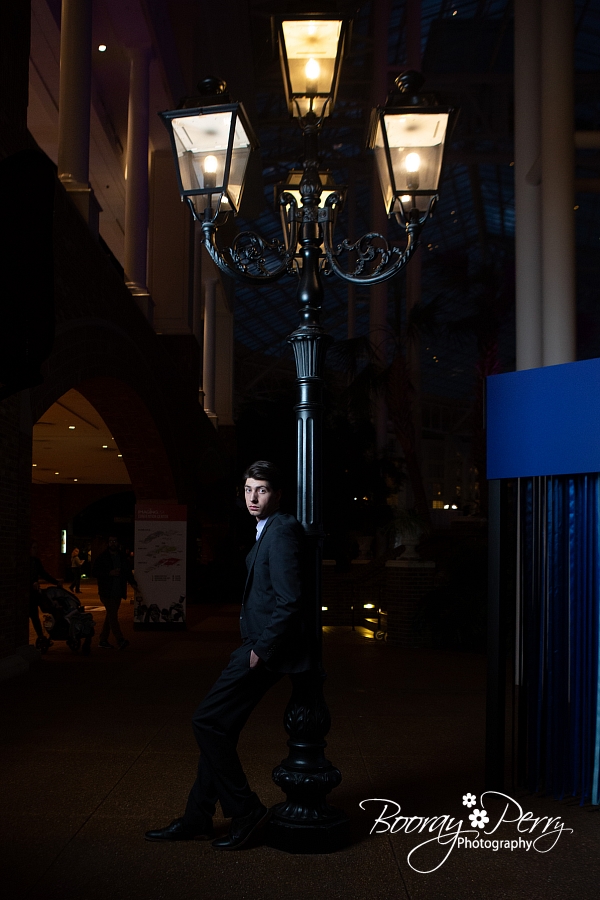
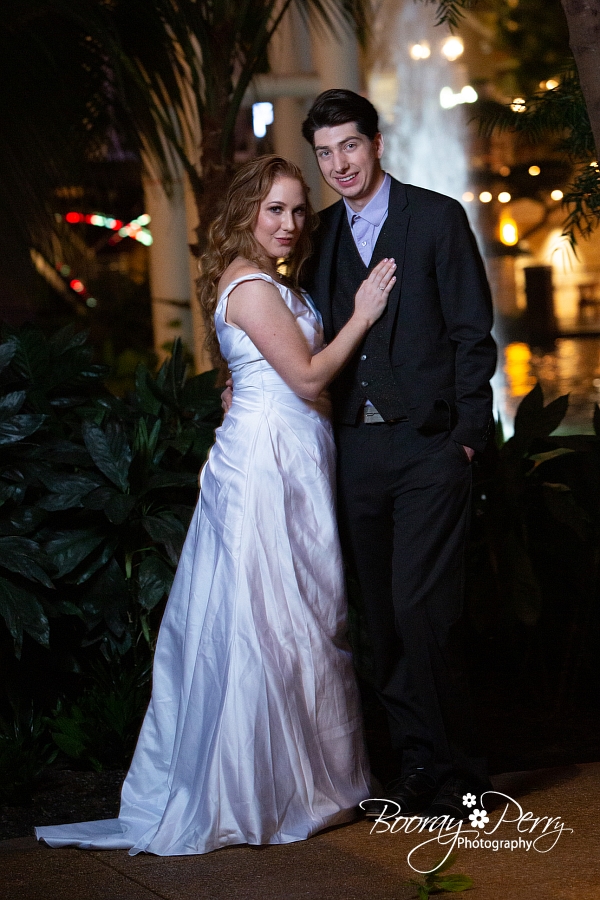
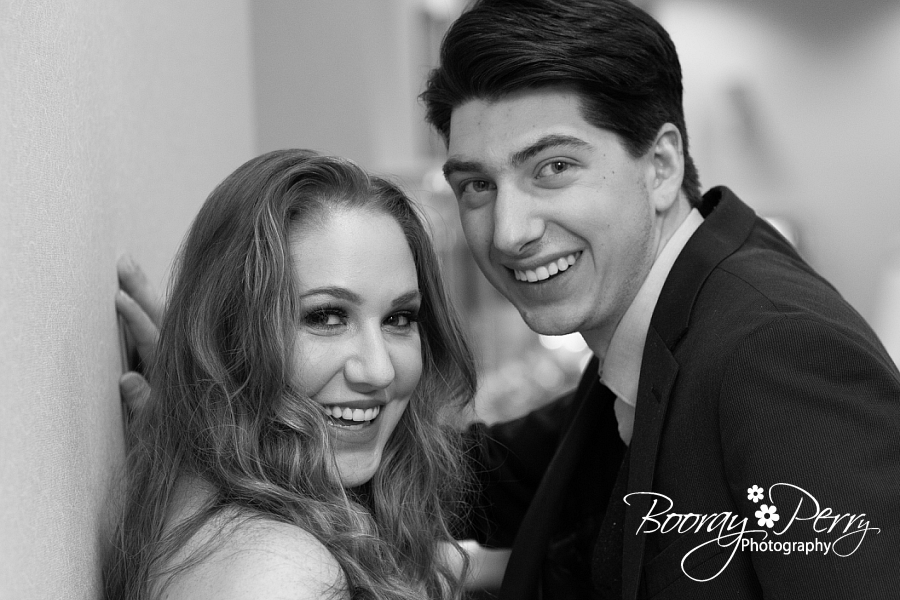
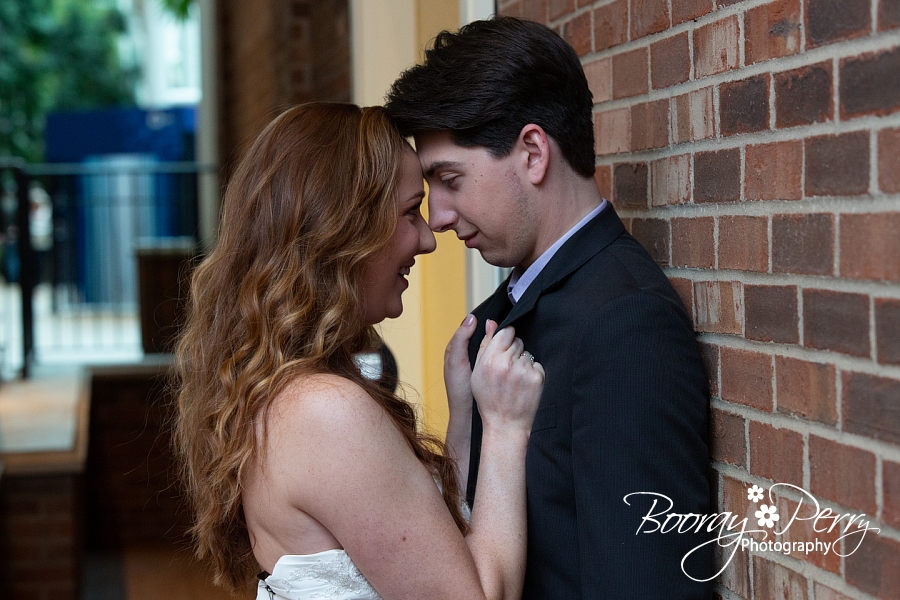
These last three images are lit with a backlight behind the couple for dramatic effect. The final one has a backlight and my on-camera flash bounced to light the couple from the front.
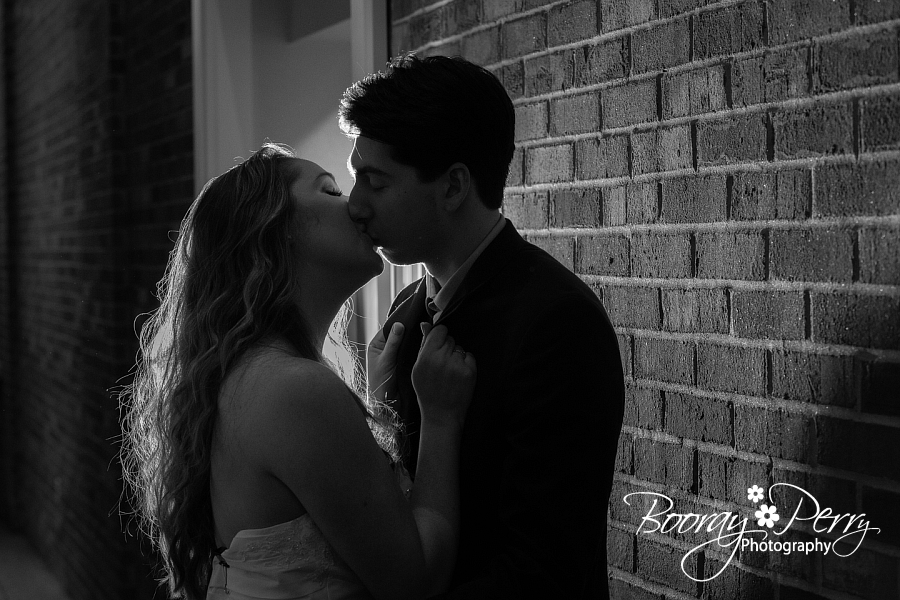
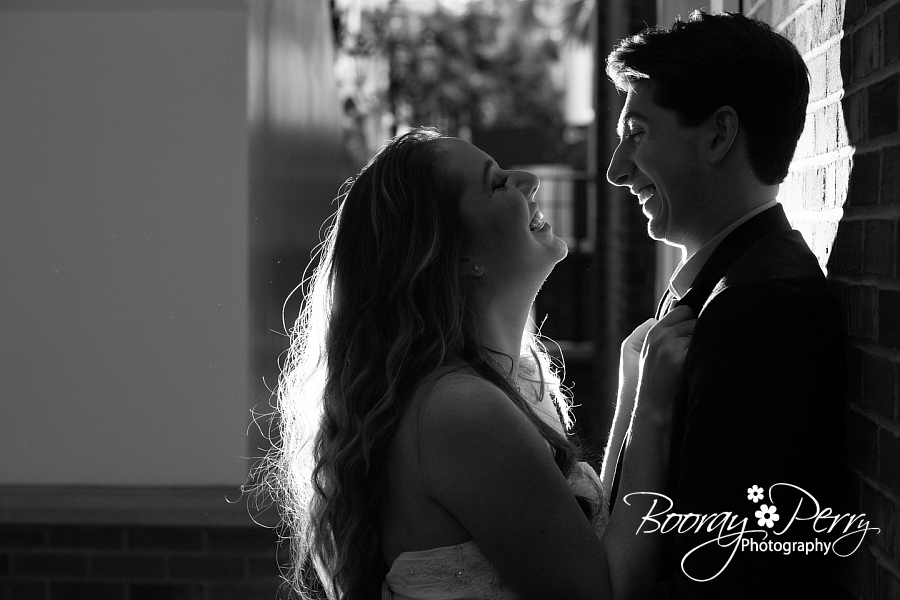
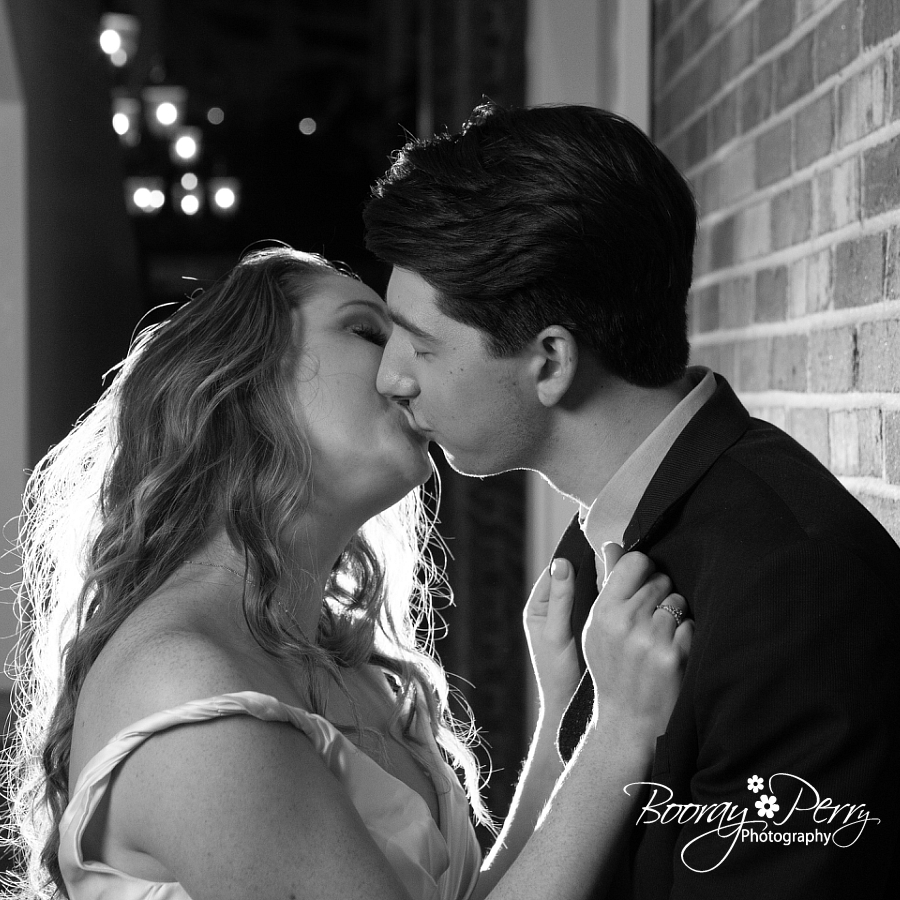
It was a great day! I really love shooting with a group and working out problems on the fly. Don’t forget to check out my podcast and my You Tube Page for more great tips!
The 3 Lenses You Need to Shoot A Wedding
When I teach photography around the country, I often get asked what lenses I use to shoot a wedding. You might be surprised to discover that I use the same three lenses to photograph everything I do. They have been called, “The Holy Trinity” of lenses because many photographers believe (as do I ) that these three lenses are all you need to cover just about any circumstance.
Canon EF 16-35mm f/2.8L ll USM Zoom
“The Wide Angle”
This was the last lens that I added to my kit and it’s often used more than the others at weddings. The perfect reception lenses because of it’s ability to capture the whole scene in tight quarters, it’s also the lens I would let go if I could only carry two lenses. It’s very specialized in it’s use but what it does it does so well!
Canon EF 24-70mm f/2.8L II USM Standard Zoom Lens
“The Workhorse”
This is the lens that gets used the most. It’s the first one you pick up and the one lens you would carry if you could only carry one lens. Canon’s most popular lens with wedding and event professionals.
Canon EF 70-200mm f/2.8L is III USM Lens
“The Long White One”
The most expensive lens in the line-up and also the one that’s white. When you see photographers on the sidelines of a football game they always have these giant white lenses and it all starts with this one. I don’t know many canon professionals who don’t have this lens and I use it for weddings as well as headshots and portraits.
Check out the video at the top to see an explanation of when I use these lenses and how they affect my work!
When is a Beach Wedding also a Family Portrait?
Having photographed over 500 weddings, many of them on the beach in Clearwater, you can imagine that I’ve seen just about everything there is to see. You would be wrong about that. I’m still surprised by my job and delighted by the things that my couples do during their beach weddings.

Recently I was photographing the wedding of Justin and Dana on the beach and as so often happens, the bride was a little late. One of the reasons I always tell my clients to push everything back 20 minutes is so that we are sure to have time to get all the beautiful sunset wedding pictures that you want, even if there is a delay in getting started. There is often a delay. It’s just the nature of weddings.
So the guests have arrived and we’re all waiting to start when Justin wanders over to me and says, “If you don’t mind, could you maybe take some pictures of the families while we wait?” Well of course I don’t mind so Justin starts to tell people they can get a picture and a line starts to form and we proceed to make great use of a few extra minutes that we have now that we hadn’t planned on. The best part was that everyone had dressed in theme for the beach wedding so UI was able to get a ton of great family portraits for the guests!

Eventually the bride arrived looking amazing and the wedding went off without a hitch. Another great beach wedding!
